Blockchain Donation Tracker
See how your donation moves through the blockchain system. Enter your donation amount and charity type to visualize the transparent journey of your contribution.
Your Donation Journey
Every year, billions of dollars flow into charities. But how many of those dollars actually reach the people who need them? Too often, donors have no idea. You give money to a cause you care about - maybe it’s clean water in Africa, food for the homeless, or education for refugee children - and then you hear nothing. No updates. No receipts. Just silence. That’s not trust. That’s guesswork.
Blockchain changes that. It doesn’t just make charity more efficient. It makes it visible. With blockchain, you can watch your donation move - step by step - from your wallet to the final recipient. No middlemen hiding fees. No delayed reports. No vague impact statements. Just real, unchangeable records that anyone can check.
How Blockchain Makes Charity Transparent
Traditional charity systems rely on paper trails, spreadsheets, and annual reports. These are slow. They’re easy to manipulate. And they rarely show you exactly where your money went. Blockchain fixes this by turning every donation into a public, permanent entry on a digital ledger.
Think of it like a shared Google Sheet that everyone can see but no one can delete or edit. When you donate $50 to a food bank through a blockchain platform, that transaction is recorded instantly. It includes:
- Who sent it (your wallet address)
- When it was sent
- How much was sent
- Which nonprofit received it
- What the funds were used for (if tracked by smart contract)
That record can’t be altered. Not by the charity. Not by a hacker. Not by an auditor trying to cover something up. It’s mathematically locked in.
Smart contracts - self-executing code on the blockchain - take this further. They can be programmed to release funds only when certain conditions are met. For example: $10,000 is sent to build a well in a village. The contract holds the money until satellite images confirm the well is built, and a local partner uploads a signed receipt. Only then does the money get released. No guesswork. No delays. No corruption.
Real Examples: Blockchain in Action
It’s not theoretical. Real platforms are doing this right now.
LUXARITY, a resale platform for luxury goods, uses blockchain to track donations from every sale. When you buy a pre-owned designer bag, you get a unique PIN. You use that PIN to choose which cause gets a portion of the proceeds - say, 15% goes to clean water, 5% to girls’ education. Then, you get a detailed report showing exactly how much was sent, when, and what it bought. You can even see the supplier invoices and delivery receipts linked to the transaction.
Firefly Giving takes it further. It charges zero transaction fees - meaning 100% of your donation reaches the nonprofit. It also vets charities using financial health scores and impact data. You don’t just donate. You choose based on real metrics, not just emotional stories.
Then there’s the BECP (Blockchain Enabled Charity Process Framework), used by NGOs and donors who need full audit trails. Every participant - donor, NGO, supplier, beneficiary - gets a verified digital identity. Every transaction is recorded. Every document is attached. If someone tries to fake a receipt, the system flags it immediately because the digital signature won’t match.
These aren’t experiments. They’re live systems handling real money, real people, and real impact.
What You Can Track - Beyond Just Money
Blockchain doesn’t just track cash. It tracks goods, too.
Imagine donating blankets to a shelter after a winter storm. In a traditional system, you might get a photo of a pile of blankets. You have no idea if they ever reached the right people.
With blockchain:
- You buy the blankets online through the platform
- The purchase is recorded on-chain
- The warehouse scans each blanket with a QR code
- Trucks carrying them are tracked via GPS linked to the blockchain
- The shelter signs a digital receipt when they arrive
- You get a notification: “Your 10 blankets reached the downtown shelter on Nov 3, 2025. 8 were distributed to families, 2 to the youth center.”
This level of traceability eliminates waste, prevents fraud, and builds real accountability. Donors stop asking, “Did my gift even get there?” and start asking, “What’s next?”
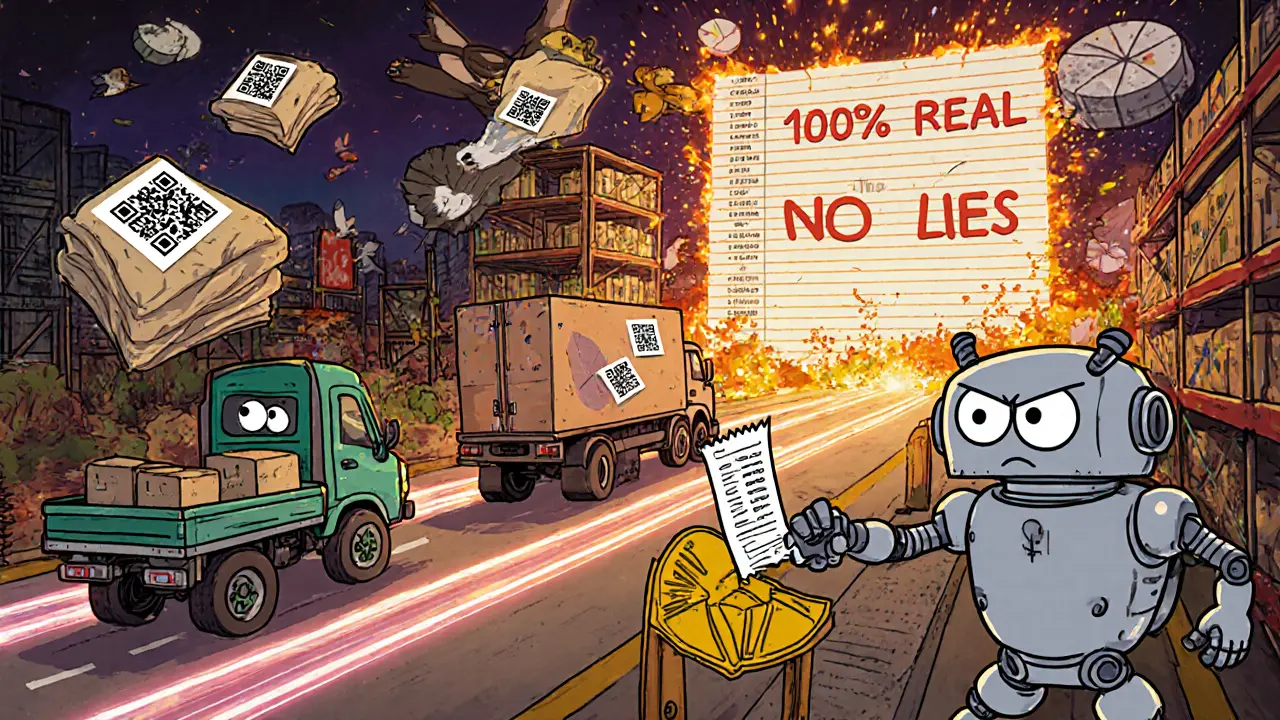
Why This Matters More Than Ever
After disasters - wildfires, earthquakes, wars - traditional charities get flooded with donations. But they also get buried under paperwork. Months later, donors still don’t know if their money helped.
Blockchain fixes that. During the 2023 Turkey-Syria earthquake, one NGO used blockchain to track every dollar from donors in the U.S. to food deliveries in Gaziantep. Donors received automated updates every time a truck left the warehouse. They saw which villages got supplies and which still needed help. That transparency led to a 40% increase in repeat donations.
It’s not just about big disasters. It’s about daily trust. When you know your $20 donation to a local food pantry bought 40 meals - and you can see the receipt - you’re more likely to give again. And again. And again.
Challenges - And How They’re Being Fixed
Is blockchain perfect? No. There are hurdles.
It’s not user-friendly yet. Most people don’t know what a wallet is. Setting up MetaMask or another crypto wallet feels like installing software from the 1990s. But platforms are catching up. Now, many let you donate with a credit card - and behind the scenes, it’s still blockchain. You don’t need to touch crypto at all.
Not all charities can use it. Small nonprofits lack tech teams. But platforms like Firefly Giving and LUXARITY handle the tech for them. The charity just needs to sign up and connect their bank account. The blockchain does the rest.
Regulations are still catching up. The IRS accepts blockchain donation records for tax deductions - if they include timestamps, amounts, and recipient info. That’s already happening. But in some countries, crypto donations are still legally gray. That’s changing fast. In 2024, the EU passed rules recognizing blockchain donation ledgers as valid audit trails.
The biggest challenge? Education. People need to understand that this isn’t about Bitcoin. It’s about trust. It’s about proof. It’s about knowing your generosity isn’t being wasted.
How to Start Tracking Your Donations with Blockchain
Ready to make sure your money does what it’s supposed to? Here’s how:
- Choose a platform. Start with Firefly Giving, LUXARITY, or GiveCrypto. All let you donate without crypto knowledge.
- Look for charities listed with blockchain verification. They’ll show a badge or label like “Verified on Chain.”
- Donate. Use your credit card, bank transfer, or crypto - it doesn’t matter. The blockchain tracks it either way.
- Check your dashboard. Within minutes, you’ll see your donation appear on a public ledger. Some platforms send you a link to the transaction on a blockchain explorer like Etherscan.
- Watch the impact. You’ll get automated updates: “$50 sent to clean water project in Kenya. Well construction completed on Nov 5.”
You don’t need to be a tech expert. You just need to care enough to ask: “Where did my money go?”
What’s Next for Blockchain Charity
The next wave is even bigger.
AI is being added to analyze donation patterns and predict where funds are most needed. Imagine getting a notification: “Your past donations went to education. A new crisis in Nepal needs school supplies. Would you like to auto-allocate 10% of your next gift there?”
Mobile apps are making it easier than ever. Soon, you’ll be able to scan a QR code at a charity event and instantly see where every dollar goes - live.
And more banks are partnering with blockchain platforms. You’ll soon be able to set up recurring charitable donations directly from your Chase or Wells Fargo account - with full blockchain tracking.
This isn’t the future. It’s already here. And it’s growing.
If you’ve ever doubted whether your donation made a difference - now you won’t have to wonder. With blockchain, you’ll know.
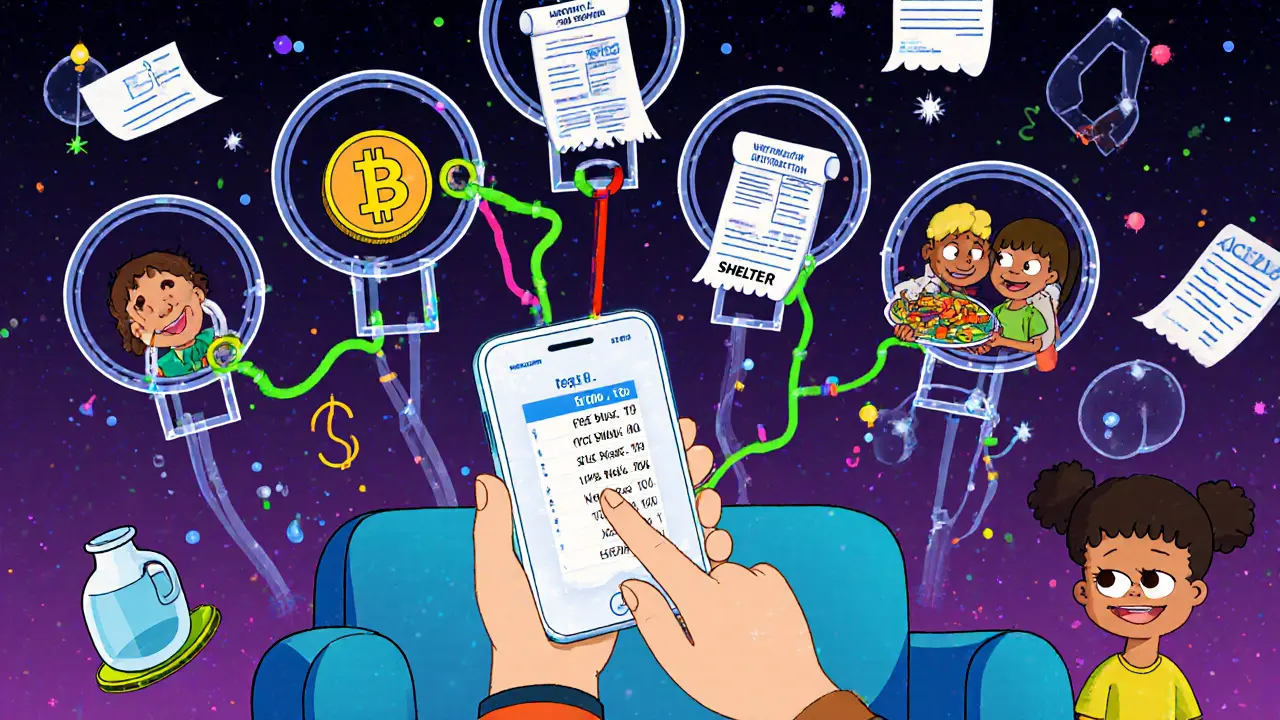
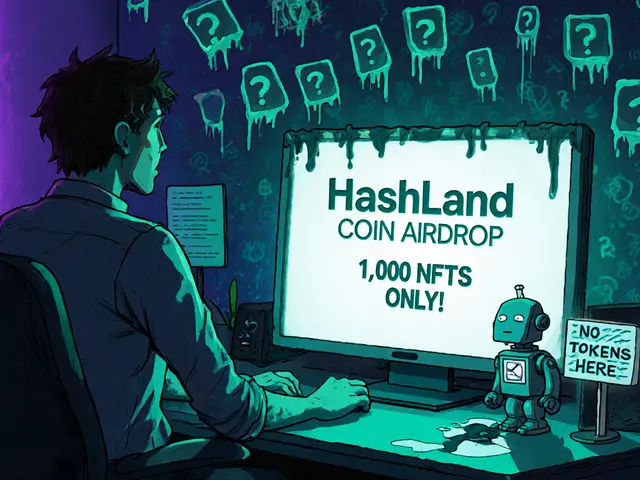

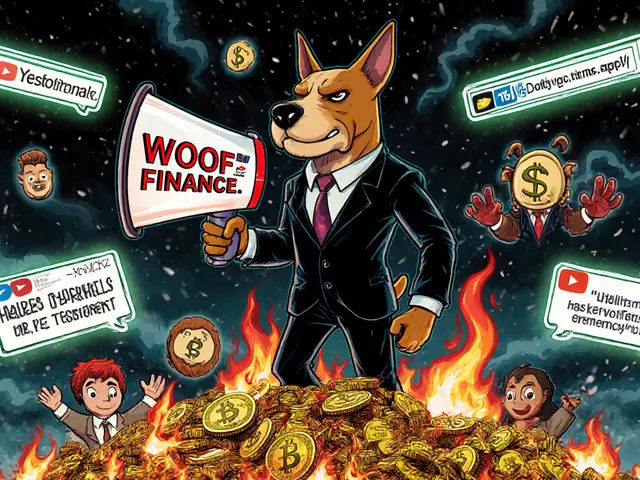
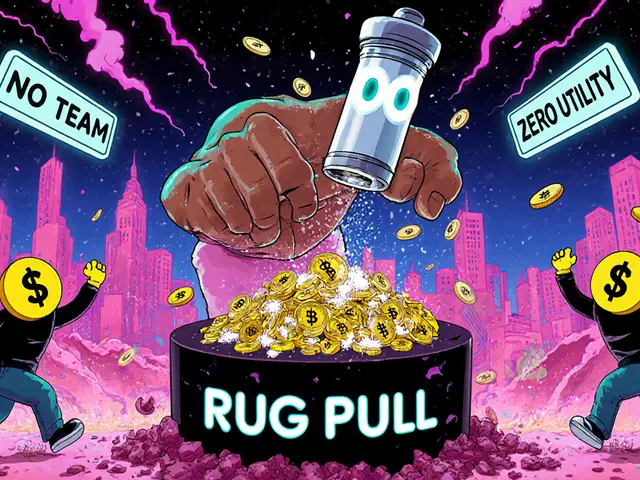
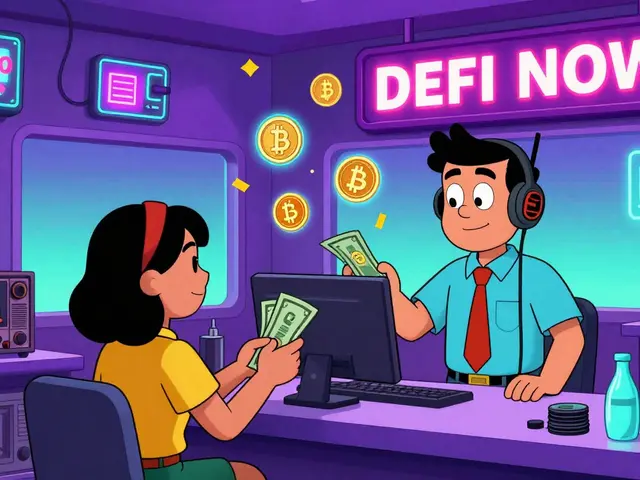
Arthur Crone
Blockchain won't fix corruption. It just makes it look fancy while the same people still control the wallets.